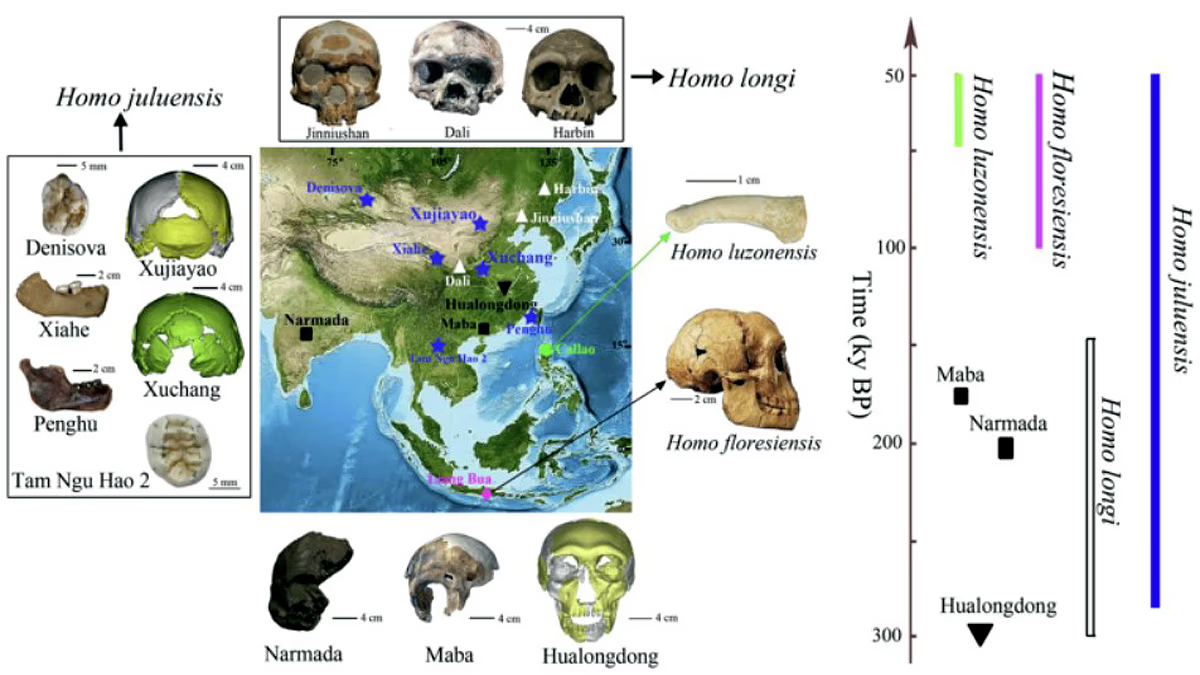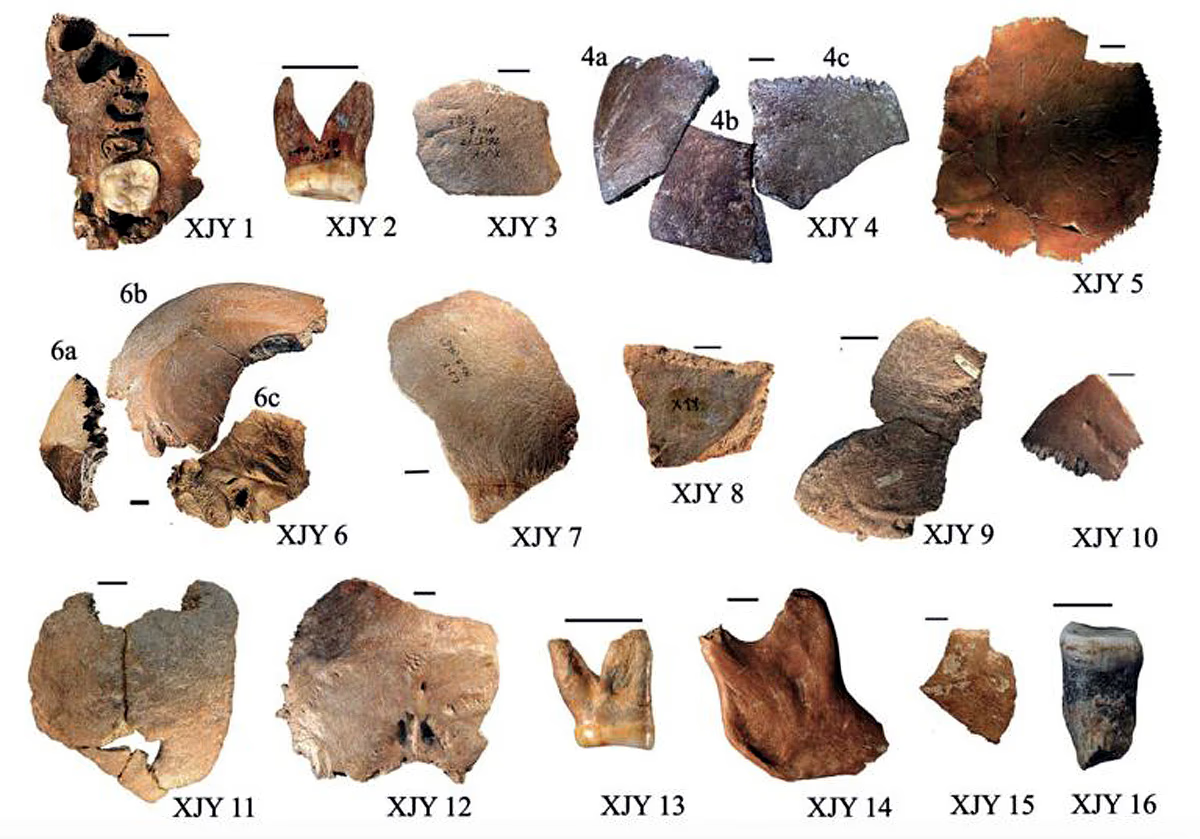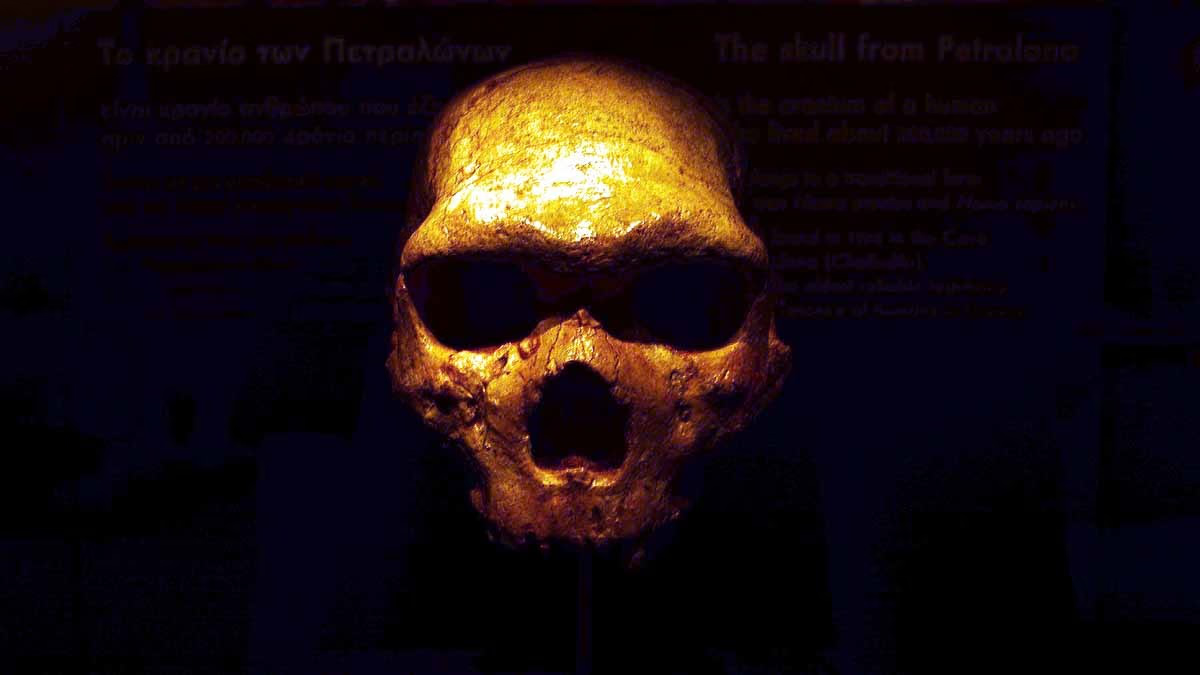In China, a new species of humans with large heads has been uncovered. This species is called Homo Juluensis, or 'Big Head'. This species existed in China between 300,000 and 50,000 years ago. Our evolution traces back to Homo Sapiens, which emerged around 300,000 years ago, spreading rapidly across Africa, Europe, and Asia. But what is this species discovered in China?
Are these hominins existing just before the arrival of modern humans? They roamed the earth between 700,000 and 300,000 years ago, reigning for four hundred thousand years. Various human species existed across diverse corners of the world during that era, like Homo Heidelbergensis in Europe and Homo Longi in central China. Fossils of these species have been discovered, prompting scientists to study and confirm the existence of multiple ancient human species during those times.
This also reads: PSVL-C59/PROBA-3 Mission: ISRO's significant launch tomorrow, understand the entire mission through a video... watch live here

Source: aajtak
Connected to Homo Sapiens
Scientists are referring to this newly confirmed species in China as archaic Homo Sapiens or Middle Pleistocene Homo. They're part of an era positioned centrally between ages. The new species was discovered by anthropologist Christopher Bae from the University of Hawaii and paleontologist Xiu-Ji Wu from the Chinese Academy of Sciences' Institute of Vertebrate Paleontology.
This also reads: A secret test by the Indian Navy creates alarm among neighbors... entire China-Pakistan within missile range

Source: aajtak
Skulls Resembling Neanderthals
This study was published in the Paleoanthropology Journal this year, revealing the discovery of different types of human fossils in northern China. The skull of this skeleton was very large and wide, similar to those of Neanderthals. Despite this, there were commonalities between them and the Denisovan species.
Upon studying these fossils, scientists found that they were ancient humans with large brains, ranging from approximately 300,000 to 50,000 years ago. This study has now been published in the
journal. The fossils were discovered in Xu Chang and Xu Jia Yao, China.




